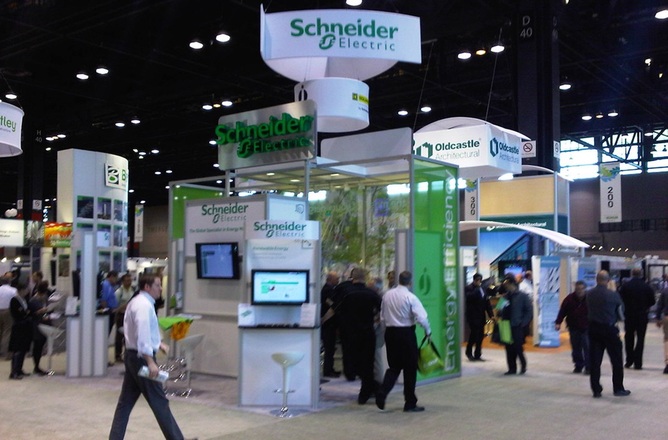The growing demand for digital content and services is leading to an increase in energy-intensive data centers. According to the International Energy Agency, global data center electricity consumption could double by 2026, reaching 1,000 terawatt hours (TWh) – equivalent to Japan’s annual electricity generation. It is estimated that 8-10% of the world’s electricity production will be required to sustain the growth of data centers.
However, these figures are not evenly distributed globally. In Ireland, where the sector is incentivized, data centers are expected to exceed 30% of the country’s electricity demand within the next two years. Similar predictions indicate that Australia’s data center electricity consumption could increase from 5% to 8-15% by 2030.
Data centers require significant amounts of electricity due to various factors. In addition to supporting activities such as web browsing and social media usage, power is also consumed for artificial intelligence (AI) and cryptocurrency operations.
While we may envision data centers as rows of computers in racks, power usage extends beyond that. Computers generate a lot of heat when working hard, which can be detrimental to their components. To prevent this, data centers use extensive cooling systems, which consume a significant portion of their power. Cooling systems that rely on liquid cooling or direct air cooling can result in the wastage of large volumes of water.
To make data centers more energy efficient, there are several strategies that can be employed. Increasing the use of renewable energy sources can reduce the demand on the electricity grid and the carbon footprint of data centers. Additionally, optimizing airflow and implementing energy recovery systems can help reduce electricity usage. Aquifer cooling, where underground water sources are used to disperse excess heat, is another viable option. Optimizing software and hardware configurations can also contribute to reducing power consumption.
The physical location of data centers can also play a role in energy efficiency. Locating data centers in regions with naturally cool climates or using underwater data centers can significantly reduce cooling requirements and improve equipment reliability.
The evolution of AI is currently the biggest driver of data center power consumption. Training AI platforms and using AI-enabled applications require significant power usage. As the demand for AI-driven products continues to grow, it is likely that predictions for data center energy usage are conservative.
To address these challenges, investments in clean energy production and effective energy-recovery solutions are necessary. It is also important to consider the necessity of certain AI applications and their power requirements.
In conclusion, the demand for digital content and services is fueling the growth of energy-intensive data centers. Efforts to make data centers more energy efficient through the use of renewable energy, optimization strategies, and innovative cooling solutions are crucial to mitigate the environmental impact of these facilities.



